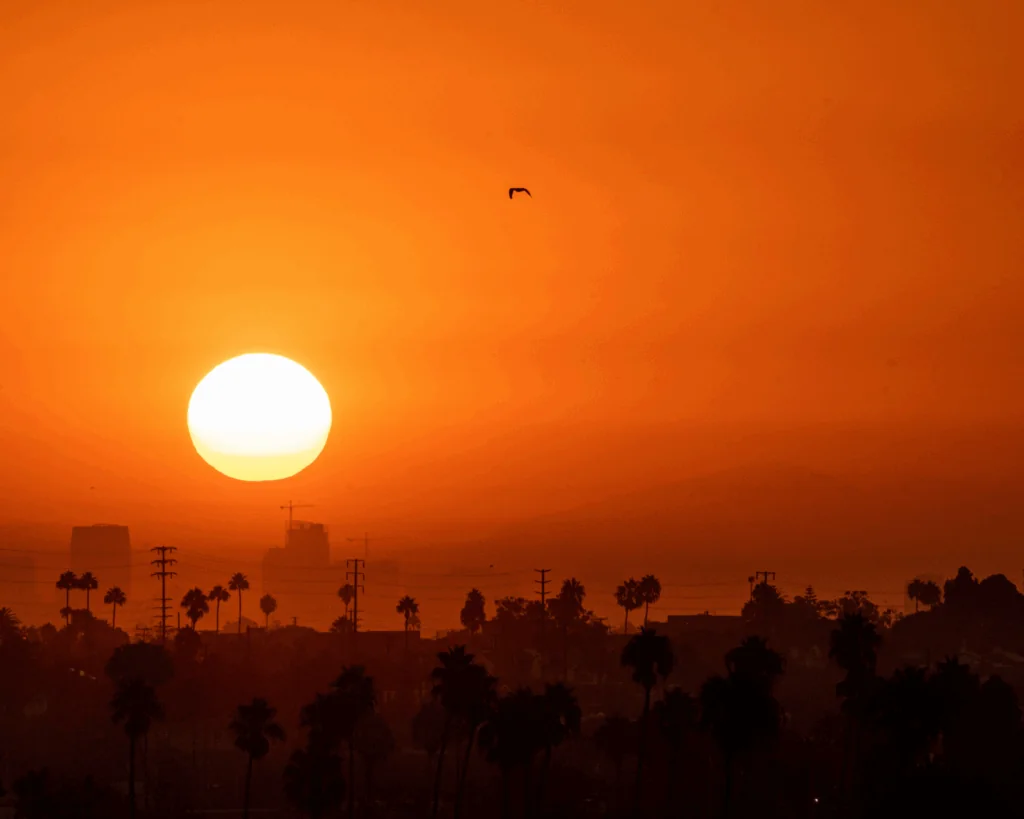Burning Questions: Why U.S. Sunscreens Fall Short
Only 1 in 4 sunscreens on the U.S. market offer sufficient sun protection and are free of concerning ingredients.

Read Time: 4 minutes
Published:
As the sun beats down during these long summer days, millions of Americans are slathering on sunscreen to protect their skin from harmful ultraviolet (UV) rays. Yet, despite our best efforts, skin cancer remains the most commonly diagnosed cancer in the U.S., with rates continuing to rise. A new report from the Environmental Working Group (EWG) reveals why many sunscreens sold in the U.S. do not provide adequate protection.
The sun’s UV rays are the main cause of skin cancer. According to the American Cancer Society, over 100,000 new melanomas—the deadliest form of skin cancer—will be diagnosed in the U.S. in 2024 alone. Skin cancer claims more lives annually than all other cancers combined, making effective sun protection a critical public health issue.
EWG’s 18th annual Guide to Sunscreens analyzed over 1,700 products, evaluating their ingredient safety and UV protection. Alarmingly, the report found that only 1 in 4 sunscreens on the U.S. market offer sufficient protection and are free of concerning ingredients. This inadequacy stems from two primary issues: insufficient UVA protection and the presence of potentially harmful ingredients.
Outdated FDA regulations are a major contributor to the problem. The agency has not updated its sunscreen regulations since 1999, allowing for the continued use of ingredients that lack adequate safety data. In contrast, the European Commission requires a standardized UVA seal on sunscreen labels, enabling consumers to easily identify products with balanced UVA and UVB protection. While the FDA has proposed a similar UVA rating system, its implementation has been stalled for over a decade, likely due to lobbying efforts by sunscreen manufacturers.
As we enjoy these long, sunny summer days, it’s important to remember that sunscreen is just one part of staying safe in the sun.
Moreover, numerous U.S. sunscreens contain ingredients linked to potential health risks. Oxybenzone is an endocrine disruptor found in nearly two-thirds of non-mineral sunscreens, which use organic compounds to absorb UV radiation, unlike mineral sunscreens that use zinc oxide or titanium dioxide according to EWG’s 2019 report. Endocrine disruption has been associated with developmental, reproductive, and other health issues.
A recent FDA study further highlights these concerns. Murali Matta and colleagues tested four commercially available sunscreens. Participants applied the sunscreen products to 75% of their bodies four times per day for four days. After testing blood samples, the researchers found that four common sunscreen ingredients—avobenzone, oxybenzone, octocrylene, and ecamsule—were absorbed into the body at levels exceeding the FDA’s safety threshold. While absorption alone doesn’t necessarily indicate harm, experts worry about the potential long-term effects of regular exposure to these ingredients.
Despite these findings, the FDA has been slow to approve newer, potentially safer ingredients widely used in other countries. The Sunscreen Innovation Act, signed into law in 2022 to expedite the approval process for new UV filters, has yet to yield any new approved ingredients. The delay may be due to regulatory changes introduced by the CARES Act. The Act replaced the over-the-counter (OTC) drug rulemaking process with a new administrative order process, which includes sunscreen review. Additionally, there is insufficient safety data provided by the sunscreen industry; European sunscreen manufacturers currently have access to 27 approved active ingredients, some of which offer superior protection and safety profiles compared to those available in the U.S.
The EWG guide recommends top-rated U.S. mineral sunscreens which provide broad-spectrum protection without the use of harmful chemicals; non-mineral options often provide strong protection, as well. However, it’s important to note that even these well-ranked American products may not meet the higher standards set by the European Commission. Purchasing sunscreen from European manufacturers and shipping it to the U.S. is also an option, although sometimes costly.
As we enjoy these long, sunny summer days, it’s important to remember that sunscreen is just one part of staying safe in the sun. Make sure to seek shade, wear protective clothing, and avoid peak UV hours. When you do use sunscreen, it’s crucial that it offers effective and safe protection. Researchers and clinicians alike are insistent that the FDA needs to update its regulations and approve better ingredients to ensure we all have access to the best possible defense against the rising threat of skin cancer.



